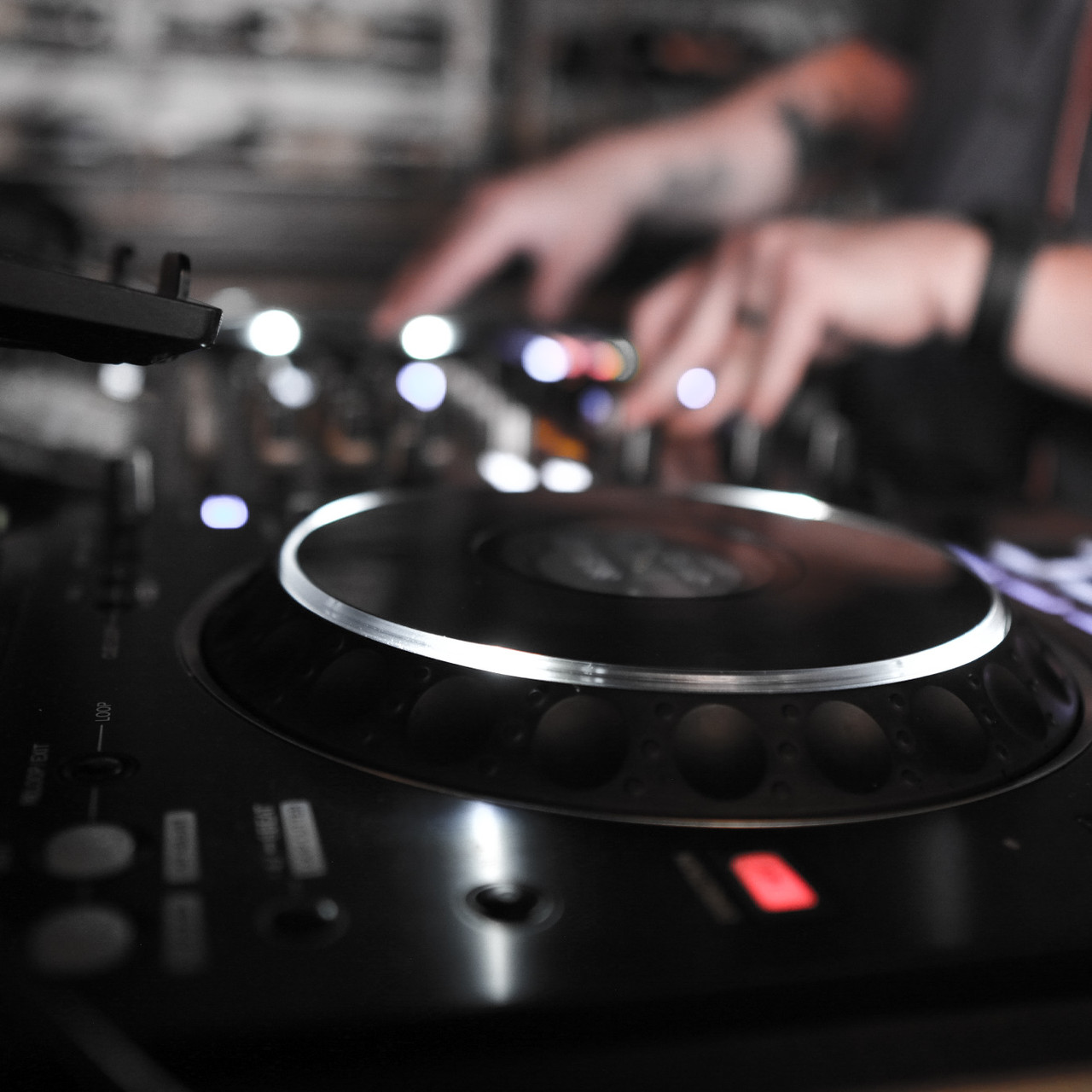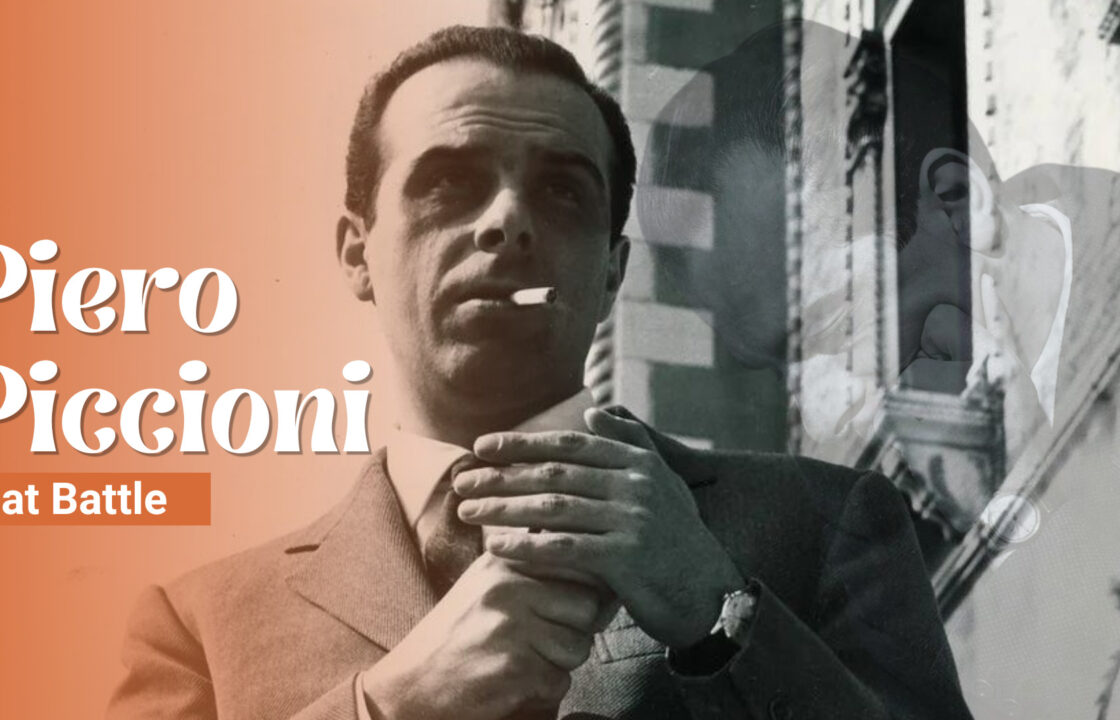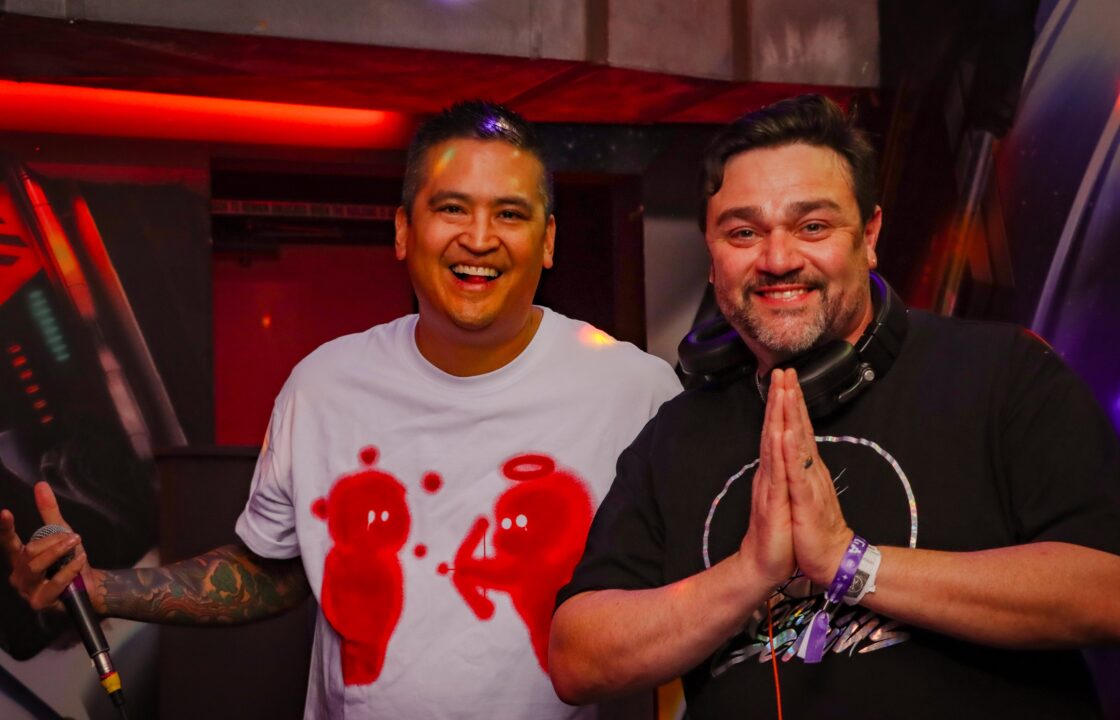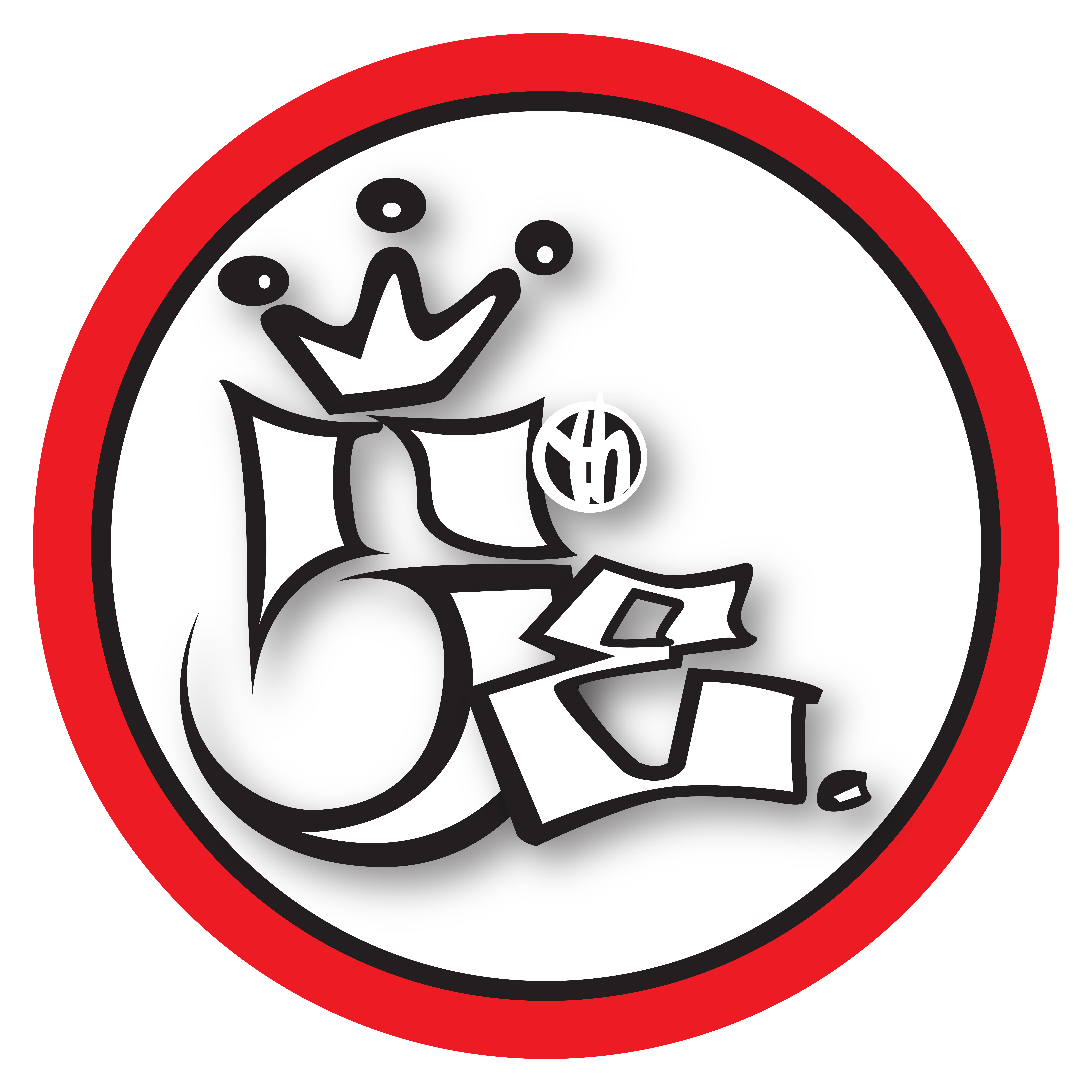
If you’ve ever been to a club or a party and enjoyed the music, you have experienced the work of a DJ.
These individuals use their skills and equipment to create a unique sound that gets people dancing and keeps the party going. While it may seem like magic, there is actually a science to the DJ setup, and understanding the components that make up a typical setup is essential to mastering the art of DJing.
So if you’ve ever considered becoming a dj or just wondered about the anatomy of a DJ setup and how they keep the party live, here’s a snapshot. I’m going to explain how each component works together to create the perfect sound. Let’s get started!
The Turntable: The Heart of a DJ’s Setup
The turntable is the most iconic and recognizable piece of DJ equipment. It is where the music starts, and the DJ uses it to manipulate the sound to their liking. There are two types of turntables: traditional vinyl turntables and digital turntables.
Traditional vinyl turntables are the OG of the DJ setup. They use vinyl records to produce sound, and the DJ uses a needle to read the grooves on the record. The DJ can manipulate the sound by using the pitch control, which changes the speed of the record, and the fader, which controls the volume.
Digital turntables, also known as CDJs, use digital files to produce sound. They look and function similarly to traditional turntables, but instead of a vinyl record, they use a CD or USB drive. Digital turntables have become increasingly popular in recent years, as they offer greater flexibility and convenience.
The Mixer: Blending Tracks and Creating Transitions
The mixer is the centerpiece of the DJ setup. It is where the DJ blends tracks together to create a seamless mix and controls the overall sound. The mixer has several channels that allow the DJ to connect multiple turntables or digital turntables and manipulate each track individually.
Each channel on the mixer has its own EQ (equalizer) controls, which adjust the frequency levels of each track. The DJ can use the EQ to emphasize or de-emphasize certain parts of the music, such as the bass or treble, to create a unique sound. The mixer also has a crossfader, which the DJ uses to blend the tracks together and create smooth transitions between songs.
The Controller: Bringing Technology to the Mix
Controllers are a newer addition to the DJ setup and have become increasingly popular in recent years. They are essentially a combination of a mixer and digital turntables, but they offer more advanced features and greater flexibility.
Controllers use software to control the music, and the DJ can manipulate the sound using a variety of knobs, buttons, and sliders. They also often have built-in effects, such as reverb or delay, that the DJ can use to enhance the sound.
The Speakers: Bringing the Music to Life
Last but not least, the speakers are the final component of the DJ setup. They take the sound from the mixer or controller and amplify it to fill the room. The type of speakers a DJ uses can have a significant impact on the overall sound quality, and it’s essential to choose speakers that can handle the volume and frequency range required for the music being played.
As you can see, the DJ setup is a complex and multifaceted system that requires skill and knowledge to master. From the turntables or digital turntables that produce the sound to the mixer or controller that blends and manipulates it, every component plays a critical role in creating the perfect sound. With practice and dedication, anyone can learn to master the art of DJing and create a unique sound that keeps the party going all night long!
Here’s a list of some of my preferred gear that I use on the road:
While not only a Boise, Idaho DJ, Mike Gradian has been a staple DJ in the “City of Trees” for decades. He continues to grace venues across the state keeping the art of turntablism alive!



